Decade after Fukushima, Japan's nuclear industry stalled
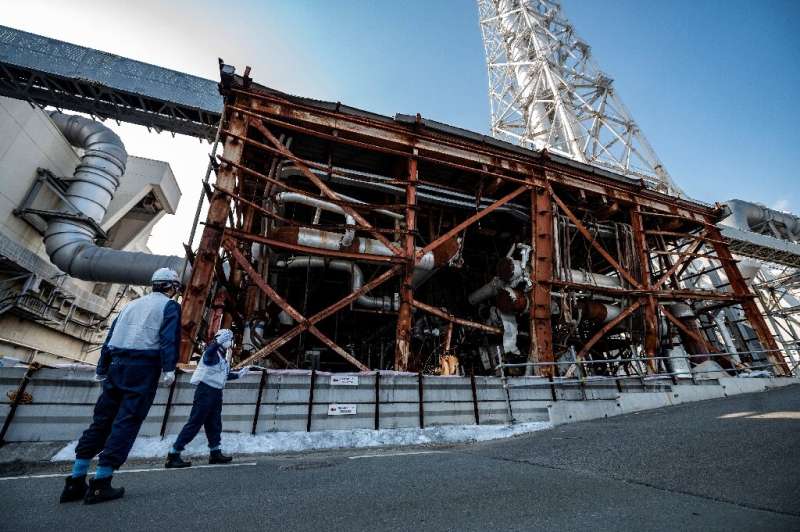
Ten years after the Fukushima disaster, Japan's nuclear industry remains crippled, with the majority of its reactors halted or on the path towards decommissioning.
The government still hopes to revitalise the sector, in part to reduce the country's dependence on energy imports as well as help it meet a goal of carbon neutrality by 2050.
What is the situation at Fukushima?
Around 5,000 people are still working daily at the Fukushima Daiichi nuclear plant, where four reactors were severely damaged by the March 11, 2011 tsunami triggered by a powerful earthquake.
Tangled scrap metal can still be seen strewn around parts of the site, including at the top of reactor 1, whose roof blew off during the disaster.
Three reactors melted down in all and even now mobile Geiger counters periodically beep throughout the site.
So far, the reactors' surroundings have been cleared, intact fuel rods have been removed with giant cranes, and new concrete dikes are being built to protect against tsunamis.
But the most difficult part lies ahead: extracting nearly 900 tons of molten fuel mixed with other highly radioactive debris.
Development in Britain of a special robotic arm for use in the operation was delayed by the pandemic, pushing back the start of the extraction process by a year to 2022.
But that's barely a blip in a decommissioning process expected to take 30 to 40 years, at best.

What are the dangers at the site?
A 7.3-magnitude quake that hit the region overnight on February 13 this year did not spark a tsunami or cause major damage, including at the Fukushima plant.
But it caused cooling water levels to drop in several reactors—though plant operator TEPCO said the effect was limited, as the water is in a closed system that does not leach into the surrounding environment.
Mountain groundwater that leaks into the subsoil below the reactors and becomes radioactive was a major problem after the disaster.
Seepage is now largely prevented by an "ice wall" of frozen soil that runs 30 metres deep and 1.5 kilometres long, completed in 2018.
Rain and other water used for cooling continues to pose a problem, with around 140 cubic metres of radioactive water generated by the site every day in 2020.
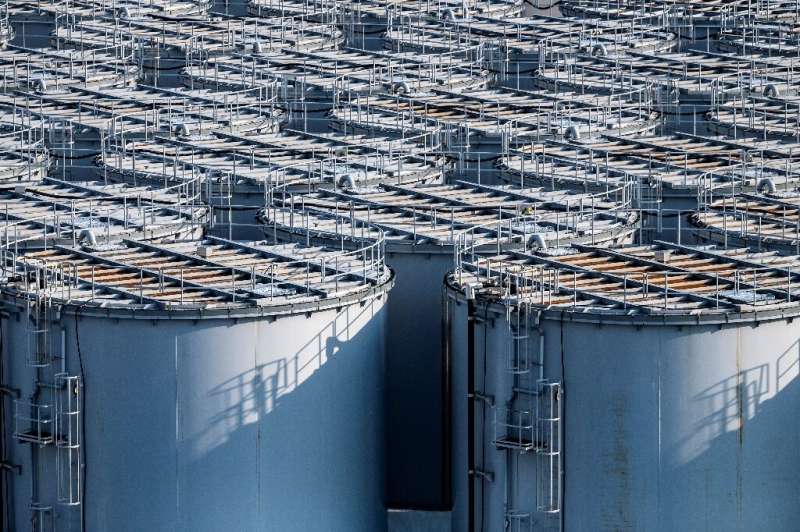
The contaminated water is filtered to remove most radioactive material.
For now it is kept in hundreds of blue, grey and cream tanks at the site—but space is running out.
By summer 2022, there will be no more storage available and the government is expected to approve a controversial plan to gradually release the treated water into the sea.
What role does nuclear have now?
All of Japan's reactors were halted after the accident and nuclear safety regulations were tightened significantly.
Just nine reactors are currently operational, compared to 54 before March 2011, and two dozen are set for decommissioning.
Nuclear accounted for just 6.2 percent of electricity generation in Japan in fiscal 2019, a fraction of the 30 percent before the accident, according to official figures.
The government's current goal, which is being reviewed, is for nuclear to account for 20-22 percent of electricity generation by 2030—a target viewed as impossible by many experts.
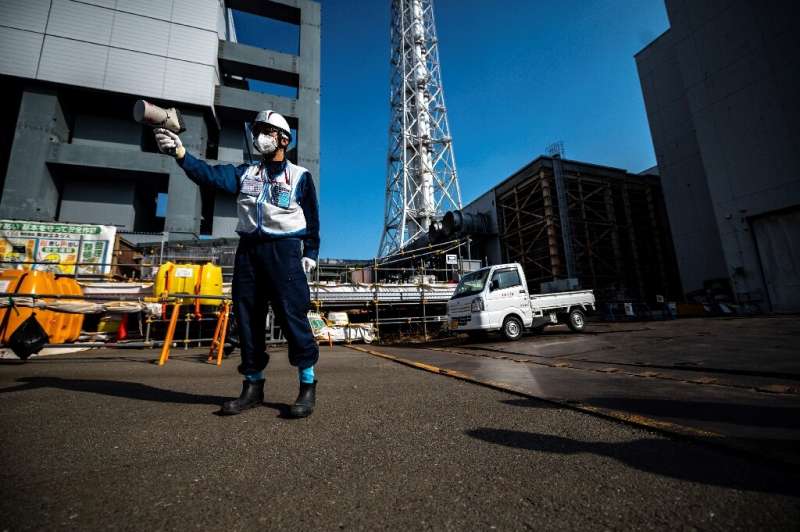
Why push for nuclear power?
A majority of Japanese remain opposed to nuclear power after the trauma of the Fukushima disaster, and dozens of lawsuits have been filed by communities near plants in a bid to prevent them restarting.
Other obstacles include the astronomical costs of implementing new nuclear security measures, as well as the longer-term price tag for decommissioning and maintenance of both operational and halted plants.
In early 2020, Japanese news agency Kyodo calculated these costs for all the country's reactors at 13,460 billion yen ($129 billion).
But the figure does not include the cost of decommissioning Fukushima Daiichi and decontamination work in the region.
"The future of nuclear power is very bleak," Takeo Kikkawa, an energy expert and professor at the International University of Japan, said this week.
-
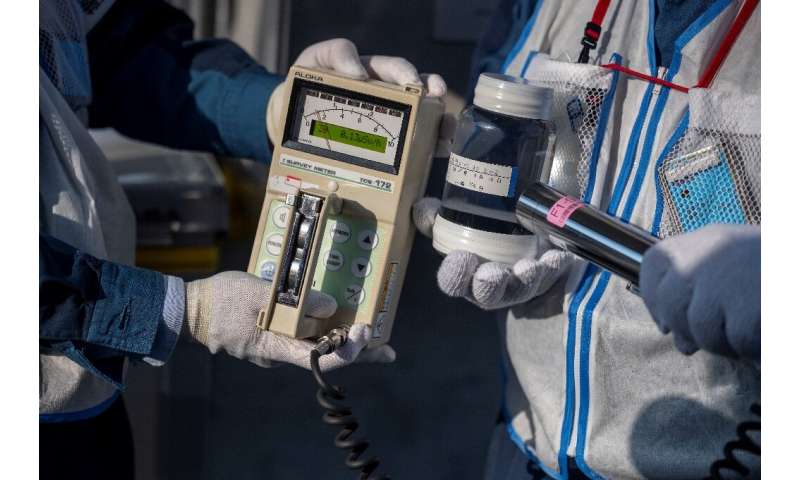
Around 5,000 people are still working daily at the Fukushima Daiichi nuclear plant -
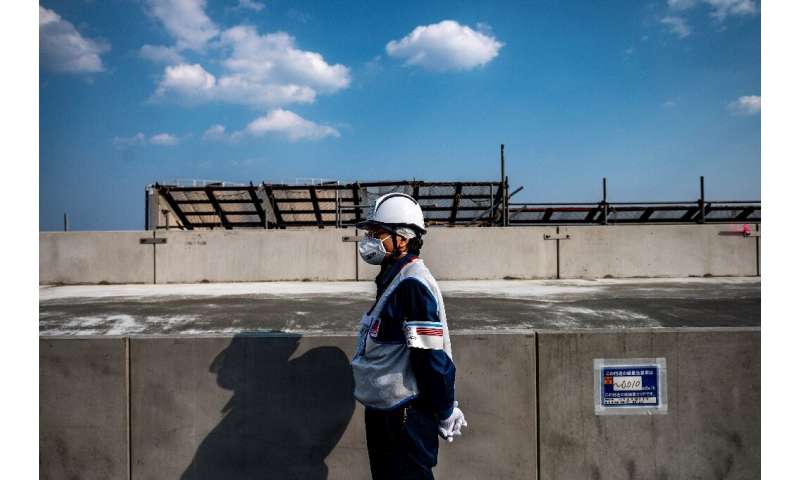
Dozens of lawsuits have been filed by communities near plants in a bid to prevent them restarting -
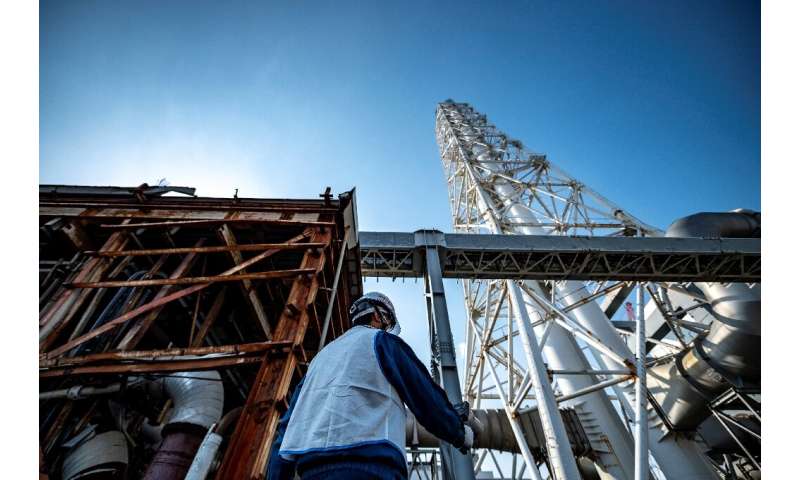
The astronomical costs of implementing new nuclear security measures, as well as the longer-term price tag for decommissioning and maintenance, poses obstacles for the industry
With no plans for new or replacement plants, "nuclear power in Japan will wane and gradually disappear," he predicted.
And some Japanese firms in the sector appear to agree, increasing investment in renewable energy as Japan seeks to meet its carbon-neutral goals.
Last June, Tepco announced it would invest 2,000 billion yen ($18 billion) over 10 years to boost its green energy capacity.
Toshiba and Hitachi have also abandoned nuclear power projects in the UK in recent years.
© 2021 AFP

















